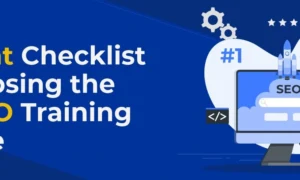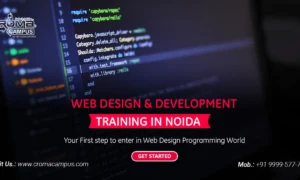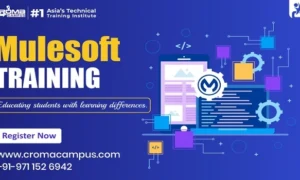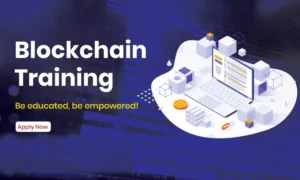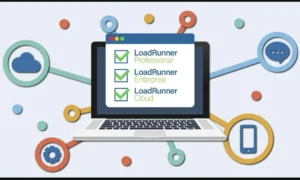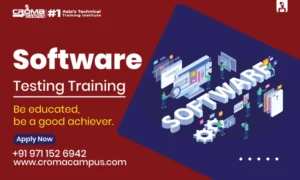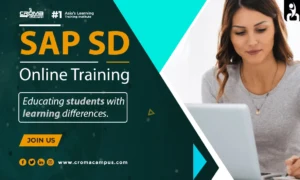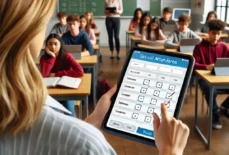The world has witnessed a paradigm shift in the field of education, with technology being at the forefront of this change. The role of technology in education has transformed the way students learn, teachers teach, and schools function. The integration of technology in education has been a game-changer, enabling a more personalized and immersive learning experience. This article will explore the role of technology in education, the benefits it brings, and the challenges it poses.
Technology in the Classroom
One of the most significant ways that technology is transforming education is through the use of digital devices in the classroom. With the rise of smartphones, tablets, and laptops, students have access to a wealth of information at their fingertips. Digital devices allow students to access learning materials, collaborate with their peers, and complete assignments from anywhere, at any time.
The use of digital devices in the classroom has also made it easier for teachers to engage students and enhance their learning experiences. Digital tools such as interactive whiteboards, projectors, and educational software allow teachers to present information in a more engaging and interactive way. Teachers can use these tools to create multimedia presentations, video lectures, and interactive quizzes, making learning more engaging and exciting for students.
Blended Learning
Another way that technology is transforming education is through blended learning. Blended learning combines traditional classroom teaching with online learning. This approach allows students to work at their own pace and on their own schedule, while still benefiting from the guidance and support of a teacher.
Blended learning can take many forms, including online courses, virtual classrooms, and digital learning platforms. These platforms allow students to access learning materials, engage in interactive discussions with their peers and teachers, and receive personalized feedback and support. Blended learning is becoming increasingly popular in schools and universities, as it allows educators to reach a wider range of students and cater to different learning styles.
Increased Access to Education
One of the significant benefits of technology in education is that it has improved accessibility to education. With the rise of online learning platforms and digital resources, people from all over the world can access quality education regardless of their geographical location. This has been especially beneficial for people living in remote areas where access to quality education was previously limited. Technology has made it possible for people to learn at their own pace, at their own convenience, and from anywhere in the world.
Improved Learning Experience
Technology has also improved the learning experience for students. Interactive whiteboards, tablets, and other digital devices have made learning more engaging and interactive. Digital resources like videos, animations, and simulations have made complex concepts more accessible and easier to understand. Learning management systems like Moodle, Blackboard, and Canvas have made it easier for educators to manage their courses, deliver content, and engage with their students
Furthermore, technology has allowed for personalized learning, where students can learn at their own pace and focus on areas they need to improve. Adaptive learning technologies use algorithms to adjust the difficulty level of the content based on the student’s performance, providing a personalized learning experience.
Enhanced Collaboration and Communication
Technology has also enhanced collaboration and communication in education. Digital tools like online discussion forums, video conferencing, and instant messaging have made it easier for students and teachers to communicate and collaborate with each other. Collaboration tools like Google Docs, Trello, and Slack have made it easier for students to work together on group projects and assignments, regardless of their location.
To enhance collaboration and communication among the students, many schools have incorporated the use of escape rooms in education. Working together to solve riddles and puzzles throughout the game to escape the room successfully in the given time limit lets the students think critically and make them rely on each other’s strengths to get out.
Accessibility for Students with Disabilities
Technology has made education more accessible for students with disabilities. Assistive technologies like screen readers, speech recognition software, and assistive learning apps have made it easier for students with disabilities to access digital resources and participate in online learning. Online learning platforms have made it easier for students with disabilities to access educational content from anywhere, without the need to be physically present in a classroom.
Challenges of Technology in Education
-
Access and Equity
One of the biggest challenges of technology in education is access and equity. Not all students have access to the same technology, and this can create a digital divide. This can be due to financial limitations or inadequate infrastructure in certain areas. This can result in unequal access to information and resources, which can hinder student learning.
-
Over-Reliance on Technology
Another challenge of technology in education is over-reliance on technology. While technology can be a great tool, it should not replace traditional teaching methods entirely. Teachers should strive to maintain a balance between traditional teaching methods and technology to ensure that students receive a well-rounded education.
-
Digital Distraction
Technology can also be a source of distraction for students. The use of smartphones, social media, and other digital distractions can hinder student learning and engagement. Teachers should strive to create a conducive learning environment that minimizes digital distractions.
-
Privacy and Security
The use of technology in education also poses privacy and security risks. With the collection of student data, there is a risk of data breaches and cyber-attacks. Teachers and schools must take measures to protect student data and ensure that privacy and security are prioritized.
-
Lack of Teacher Training
Finally, the integration of technology in education requires a significant amount of teacher training. Teachers must be trained on how to use technology effectively and how to integrate it into their teaching methods. Lack of teacher training can lead to ineffective use of technology and hinder student learning outcomes.
The role of technology in education has transformed the way students learn, teachers teach, and schools function. The integration of technology has brought many benefits, including access to information, personalization, collaboration, engagement, and flexibility. However, it also poses challenges, including access and equity, over-reliance on technology, digital distraction, privacy and security, and lack of teacher training. To ensure that technology is used effectively in education, teachers and schools must take measures to address these challenges and ensure




